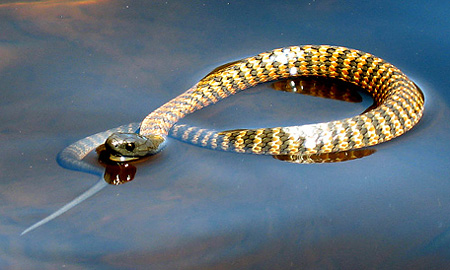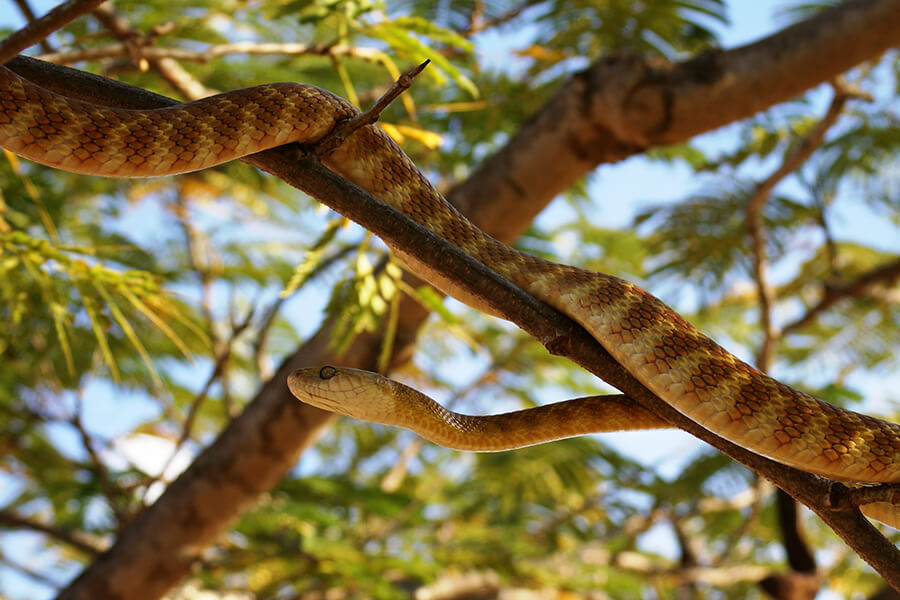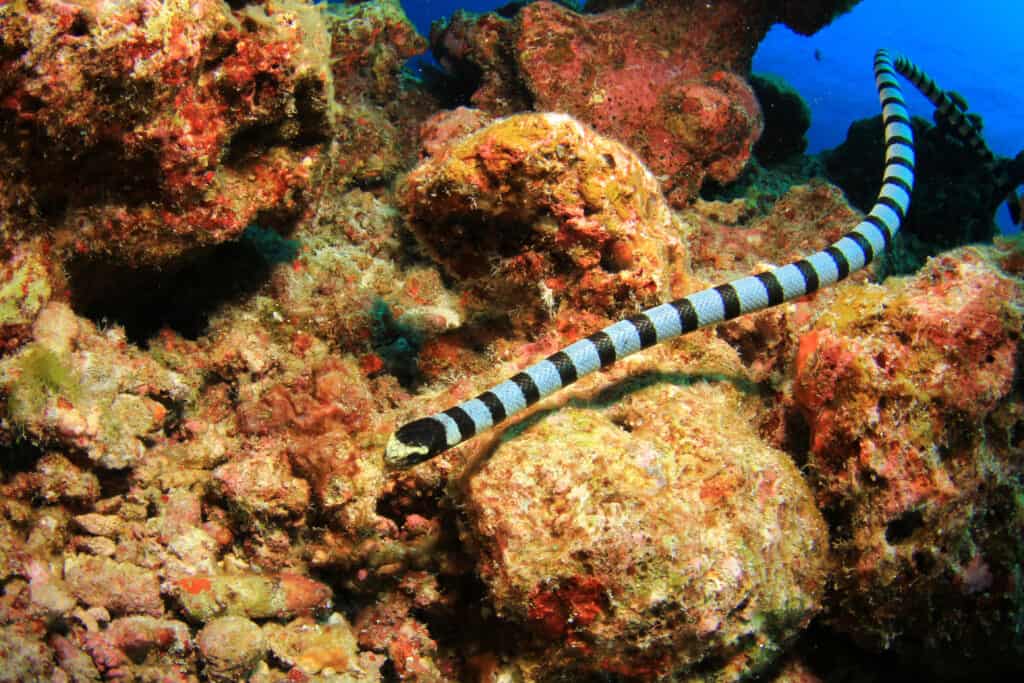Introduction
When it concerns venomous snakes, Australia is home to a few of one of the most fascinating and dangerous species in the world. Among these, the Tiger Snake attracts attention not only for its powerful poison yet likewise for its interesting habits. Understanding the behavior of poisonous serpents like the Tiger Snake is essential for both wild animals enthusiasts and those residing in locations where these serpents exist. This post explores various elements of Tiger Serpent behavior, environment, identification, safety measures, and emergency treatment methods in instance of a snake bite.
Understanding the Behavior of Venomous Snakes Like the Tiger Snake
The Tiger Snake, scientifically referred to as Notechis scutatus, is notorious for its hostile nature when endangered. These serpents show a series of actions that can be fairly different from their non-venomous equivalents.
Characteristics of Tiger Snakes
The Tiger Serpent is quickly identifiable because of its distinctive bands or red stripes that look like a tiger's markings. They can differ in shade from yellowish-brown to dark olive or black. This coloration serves not just as camouflage yet likewise as a caution signal to prospective predators.
Adaptability to Environment
One amazing element of Bite site immobilization their actions is their flexibility to various atmospheres. Discovered largely in seaside regions, marshes, and marshes across Australia and Tasmania, they can flourish in diverse environments including urban locations.
Hunting Techniques
Tiger Serpents are ambush killers largely feeding upon fish, frogs, and tiny mammals. They have keen vision and an acute sense of smell which aids them in finding prey effectively.
Venom Composition
Their poison includes neurotoxins that impact the nerve system, resulting in paralysis or death in smaller animals. For humans, prompt medical attention is essential after a tiger serpent bite because of its potentially lethal effects.
Natural Habitat of Tiger Snakes
Preferred Locations
Understanding where these snakes live sheds light on their behavioral patterns. The tiger serpent habitat consists of:
- Coastal regions Swamps Grasslands Urban areas with plentiful water sources
Seasonal Movements
During warmer months, Tiger Snakes are a lot more active as they bask in sunshine or quest for food. In snake bite first aid kit australia contrast, colder months see them retreating into hibernation sites.
Are Tiger Snakes Venomous?
Yes! The concern "are tiger snakes venomous?" commonly emerges among those unfamiliar with this types. Their poison is taken into consideration one of the deadliest among all snake varieties worldwide.
Symptoms of a Tiger Serpent Bite
If bitten by a tiger snake, symptoms may consist of:
- Localized pain Swelling at the bite site Nausea and vomiting Sweating and confusion
Immediate clinical aid is critical as untreated attacks can bring about extreme health and wellness complications or even death.
First Help for Serpent Bites: Quick Action Guide
Knowing exactly how to provide emergency treatment for a serpent bite can save somebody's life. Right here's what you should do:
Step 1: Continue to be Calm
Keeping tranquility assists slow down heart rate which minimizes venom spread.


Step 2: Immobilize the Affected Area
Keep the affected limb still and below heart level if possible.
Step 3: Call Emergency Services
Always seek specialist medical assistance immediately after a snake bite.
First Aid for Serpent Bite Kit Essentials
A well-equipped snake bite emergency treatment kit should include:
- A compression bandage Antiseptic wipes A set of scissors A cold pack
Safety Precautions: Preventing Serpent Bites in Australia
Awareness Programs
Educating communities regarding local snake species and their habits can dramatically reduce encounters bring about bites.
Avoiding Harmful Areas
Staying away from long Allergic Reactions lawn throughout warmer months reduces contact with snakes that may be relaxing or hunting.
Common Misunderstandings Regarding Tiger Snakes
Many individuals think false impressions about the actions of tiger snakes bring about unnecessary fear. Here are some explanations:
Myth 1: All Tigers Are Aggressive
Not all tiger serpents will display hostility if left uninterrupted; numerous favor getting away as opposed to confrontation.
Myth 2: They Chase Humans
Tiger snakes do not proactively chase human beings; they may strike when they really feel threatened yet will generally pull away if given space.
Conservation Initiatives Related to Poisonous Snakes
Conservation efforts concentrate on informing communities about safeguarding neighborhood wildlife while minimizing human-snake interactions.
Importance of Ecosystems
Understanding that venomous snakes play a necessary function in keeping environmental balance assists foster appreciation as opposed to concern towards them.
FAQs Regarding Tiger Snakes
What must I do if I experience a tiger snake?- Maintain range and slowly back away without abrupt movements.
- While attacks aren't very common because of understanding initiatives, they still take place annually within Australia.
- Baby tiger serpents can provide full dosages of poison despite being smaller sized; thus care is recommended around them.
- They mainly eat frogs, fish, tiny creatures like rodents, and various other reptiles.
- It's unlawful in most jurisdictions without correct licensing due to safety worries regarding their venom.
- Wear durable boots and stay on marked trails; look prior to positioning hands or feet right into concealed areas like rocks or logs.
Conclusion
Understanding the behavior of poisonous serpents like the Tiger Serpent not only boosts our knowledge however also advertises safety and security awareness amongst those living near their habitats. From recognizing their features, recognizing first aid procedures following a bite, with engaging conservation efforts-- every facet plays a crucial duty in fostering coexistence with these interesting reptiles while appreciating their place within our ecosystem.
As we deepen our understanding through education and experience, we contribute positively towards guaranteeing both human security and wildlife conservation-- profiting all events involved!
